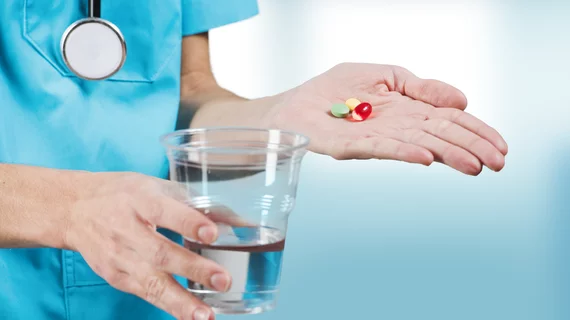FDA issues new guidelines to treat opioid use disorder
The U.S. FDA issued new draft guidelines to treat opioid use disorders that include using medication-assisted treatment drugs. The agency also urged more companies to develop drugs to help treat opioid use disorder (OUD).
The draft guidelines could make it easier for new treatments to be developed, as clinical trials can be based on other patient outcomes beyond reduction in drug use.
"The evidence is clear: medication-assisted treatment works, and it is a key piece of defeating the drug crisis facing our country,” HHS Secretary Alex Azar said in a statement. “The FDA's new guidances have the potential to bring new medications to market that are more closely tailored to patient needs and help give Americans facing addiction a better chance at recovery."
MAT relies on prescription drugs that stabilize brain chemistry, reduce or block euphoric effects of opioids, relieve cravings and normalize body functions. With other medical and psychological services, MAT is a “highly effective treatment,” the FDA stated.
Typically, clinical trials for drugs in development to treat OUD must support reduced drug use or even abstinence, as well as retention in treatment. Other outcome measures the FDA is interested in seeing under the new guidelines in clinical trials include reduced hospitalizations, overdoses, emergency department visits and deaths.
The guidelines also include measures for patient-reported outcomes in trials, allowing patients and families input to determine the most concerning symptoms associated with OUD.
See the full guidelines here.

